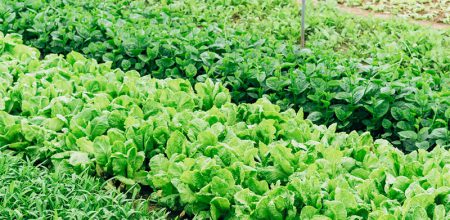
There are some people who participate in gardening as a Spring or Summer activity. Then there are those who want to use every available moment of their year to plant, grow and harvest their crops.
Succession planting allows you to make the most out of your growing space, within the timeframe that you want to be gardening. Many people use succession gardening to keep a supply of food growing when they don’t have a lot of storage space for crops they harvest.
This process helps you extend your growing season, giving you more produce than you previous got. There are some people who continually plant new seeds every couple of weeks, so that they can harvest new ones on an ongoing basis.
Once the first crop goes to harvest, you can immediately replant that space with either more of the same crop or something new, such as a different vegetable entirely. It depends on what your preferences are.
You can also mix the types of plants you’re growing so that some are providing food sooner than others. So for instance you might grow some peas that will harvest quickly, and also grow broccoli to harvest later in the season.
Take a look at the growing “to maturity” rate for your favorite vegetables, like tomatoes, potatoes, peas, broccoli, carrots, squash, cauliflower and more and make a plan for how you’ll plant and grow the crops to ensure you have a reliable food source for as long as possible.
Because the bed you’re planting in will be raising new seeds and plants, you’ll want to make sure you’re doing everything possible to enrich the soil. You don’t want it to get stripped of nutrients during the succession planting.
Composting can help with this issue. You can even take the used and harvested plants and add them to your compost pile when you go to plant a new crop. Don’t just let the plants sit and take up space that could be used for something else.
Sometimes, the succession period will depend on what region you’re growing your food in. For example, a warmer climate might get more harvest time than one with a very short warming window.
If you’re in Texas, for example, you might be able to have a bean crop in the early Spring and then again in the late summer. Being a succession gardener is going to help you harvest food with amazing flavor and nutrients. You won’t be allowing it to sit stagnant, becoming bitter or inedible.






